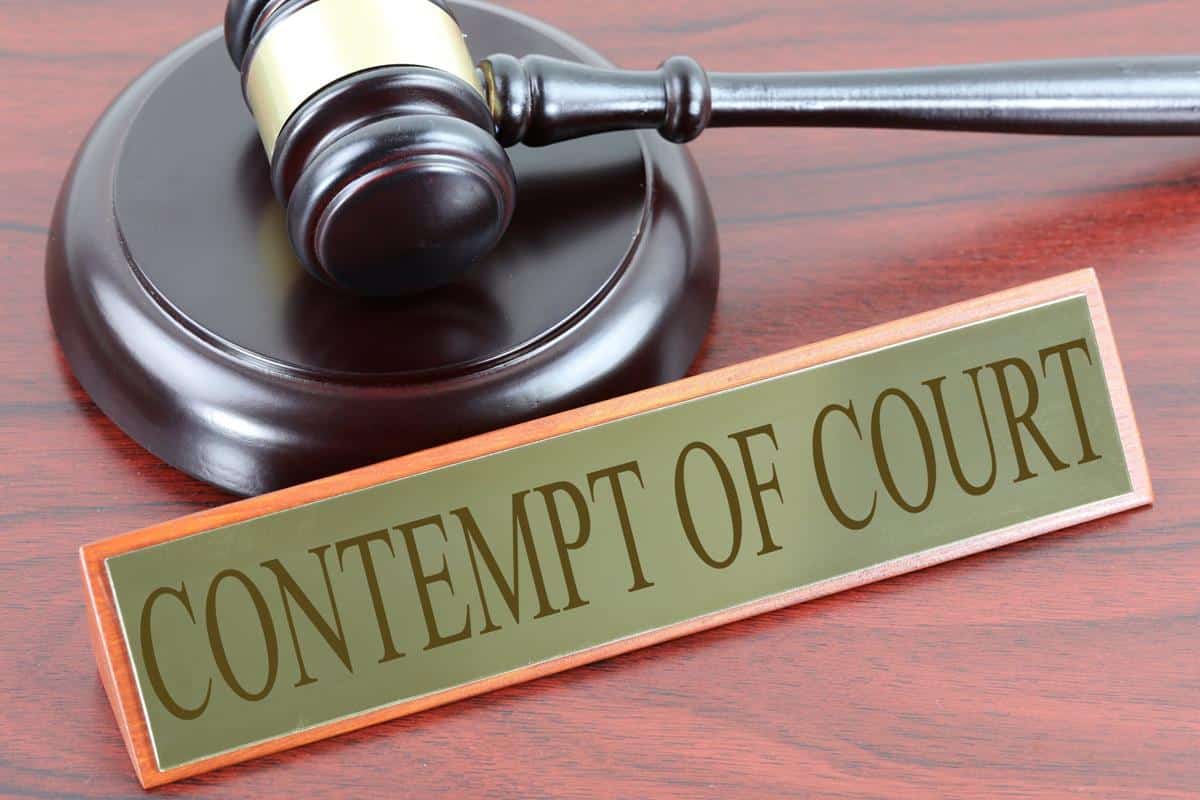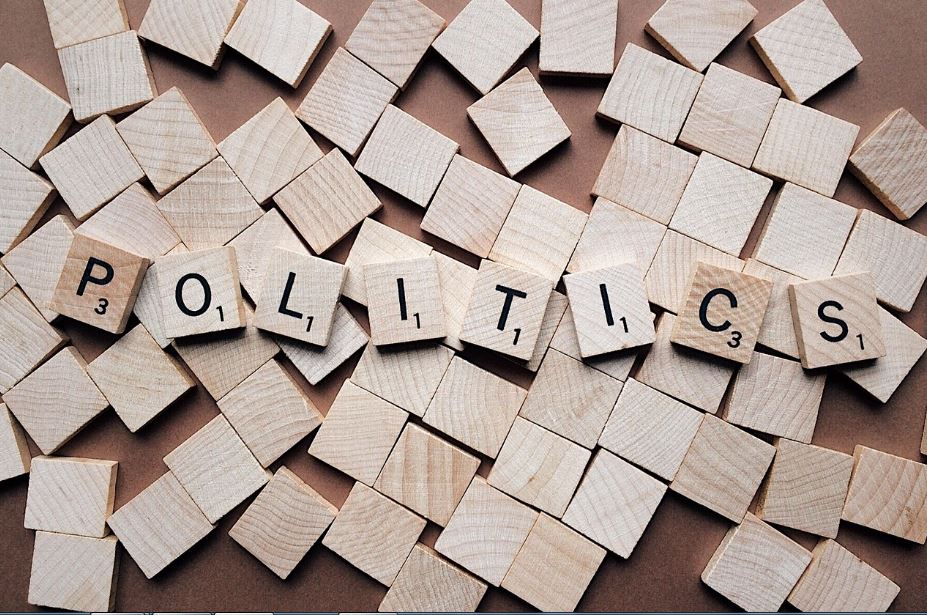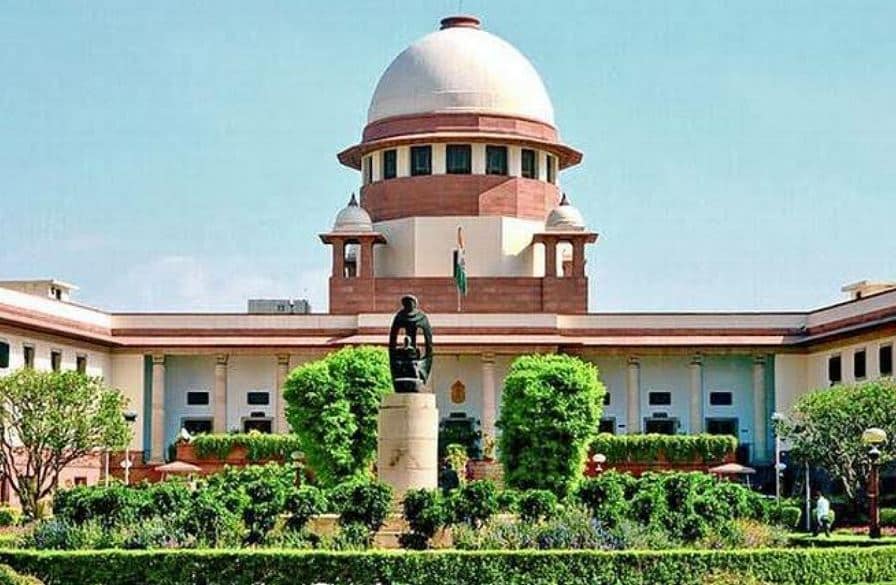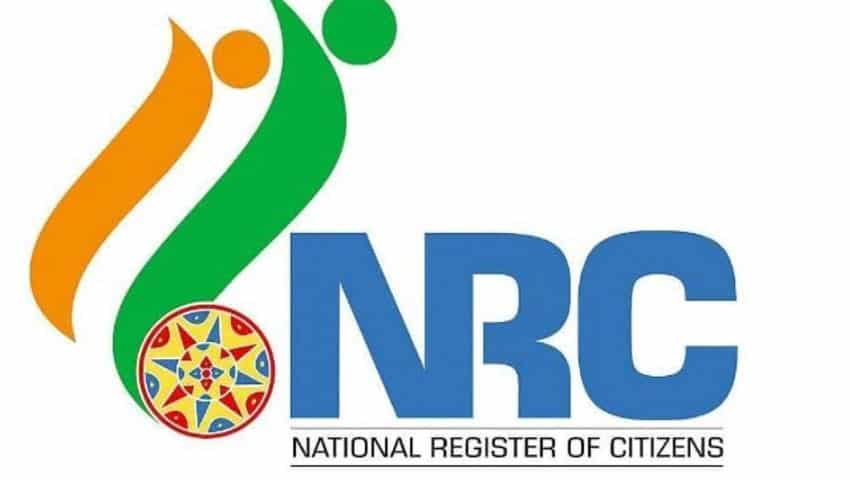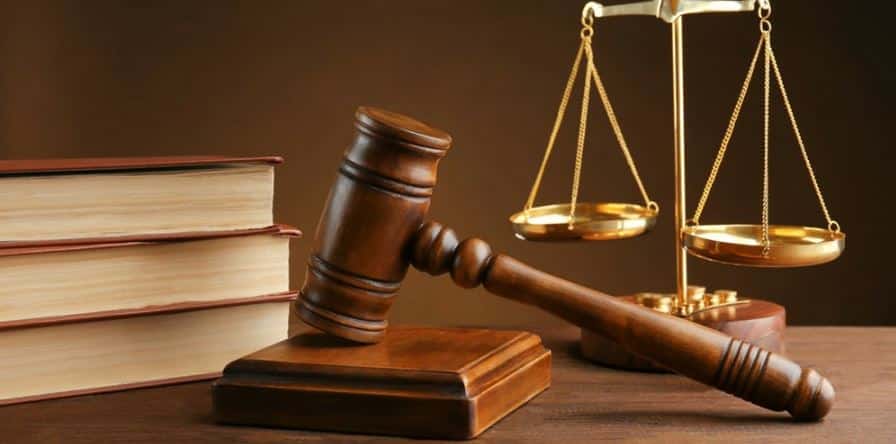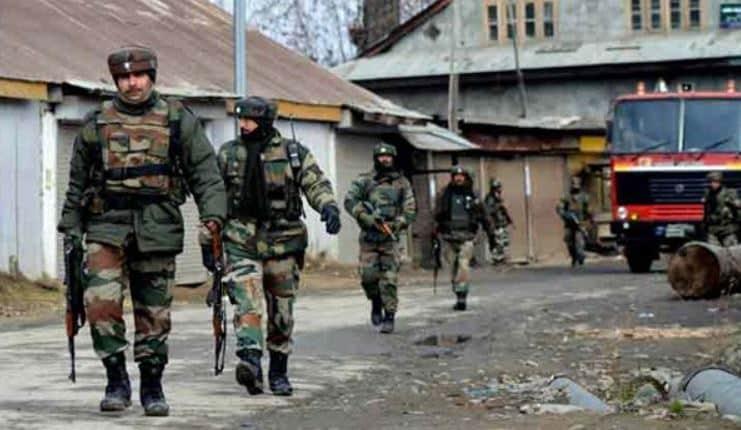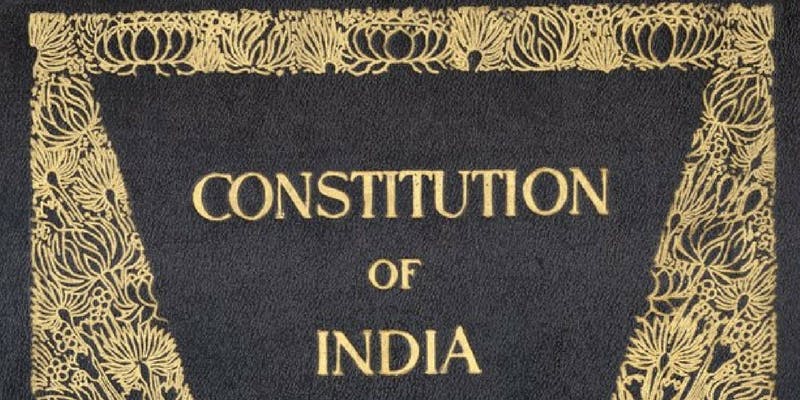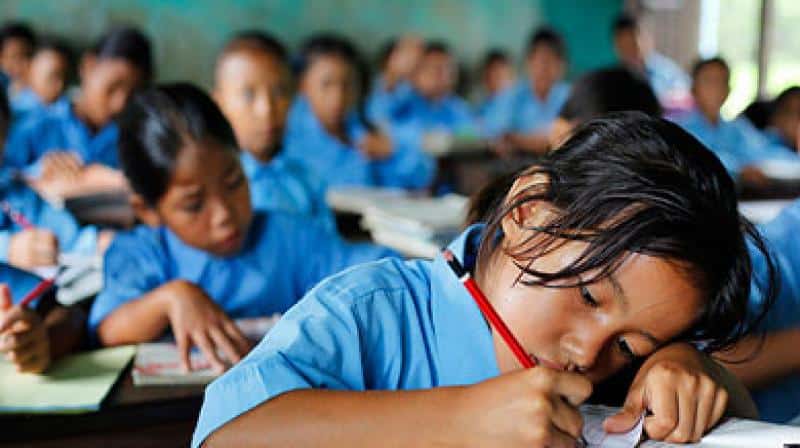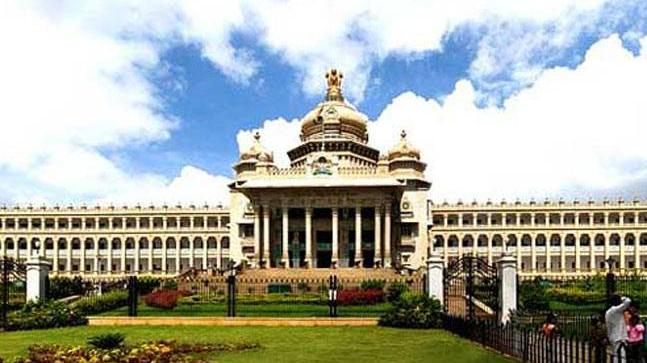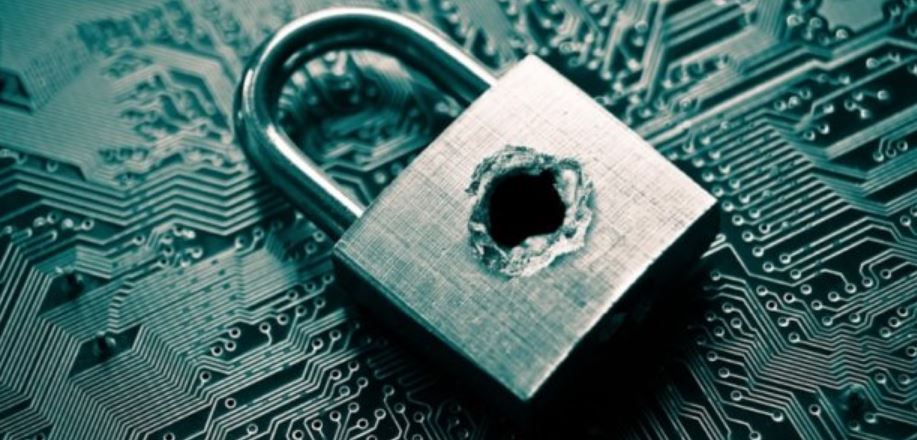Highlights of New Education Policy | NEP 2020
The National Education Policy 2020 (NEP 2020) is the first New Education Policy to be introduced in India in 21st century. The last having been implemented in 1986 (34 years ago). Thus, NEP 2020 replaces the National Education Policy on Education (1986) which was modified once in 1992. Before that, the first Education Policy was passed in 1968. The NEP 2020 was also present in the Bharatiya Janata Party’s Manifesto for 2014 LokSabha elections. Efforts for a New Education Policy have been underway since 2015 and in May 2016, the committee for Evolution of the New Education Policy submitted its report. Then, MHRD prepared ‘Some inputs for the Draft National Education Policy 2016’.Eventually, in June 2017, the committee for the Draft National Education Policy was constituted under the Chairmanship of Dr.Krishnaswamy Kasturirangan, former chief of Indian Space Research Organisation (ISRO), which submitted the Draft National Education policy in 2019 to Dr. Ramesh Pokhriyal on 31st May 2019, after he took the charge of ministry. According to the Government, the NEP 2020 has been formulated after having considered nearly over 2 Lakh suggestions from 2.5 Lakh Gram Panchayats, 6,600 Blocks, 6000 ULBs and 676 Districts.
VISION
- National Education Policy 2020 envisions an India-centric education system that contributes directly to transforming our nation sustainably into an equitable and vibrant knowledge society by providing high-quality education to all.
PROVISIONS
- The Cabinet approved the renaming of the Ministry of Human Resource Development to the Ministry of Education (MoE).
FOR SCHOOL EDUCATION
Universalization of Education from Preschool to Secondary level with 100% Gross Enrolment Ratio (GER) in school education by 2030. To bring 2 Crore out of school children (Drop-Outs) back into the mainstream through an Open schooling system (NIOS and State Open Schools).
The current 10+2 system to be replaced by a new 5+3+3+4 Pedagogical and Curricular Structure corresponding to ages 3-8, 8-11, 11-14 and 14-18 years respectively. This structure, when broken up into corresponding grades, is:
- The ‘Foundational Stage’ covering three years of Anganwadi or Preschool + two years in Primary school in grades 1-2 covering ages 3 to 8 years(Multi level, play/activity-based learning).
- The ‘Preparatory Stage’ covering ages 8 to 11 years or grades 3-5(Play, discovery, activity-based and interactive classroom learning).
- The ‘Middle Stage’ covering ages 11 to 14 years or grades 6-8(Experiential learning in the sciences, Mathematics, Arts, Social Sciences and Humanities).
- The ‘Secondary Stage’ covering ages 14 to 18 years (Multidisciplinary study, greater critical thinking, flexibility and student choice of subjects) in two phases-
- Grades 9-10 covering age 15 to 16
- Grades 11-12 covering age 17 to 18
Schools can be organized into complexes or clusters which will be the basic unit of governance and ensure the availability of all resources including infrastructure, academic libraries and a strong professional teacher community.
This policy envisages a shift from summative assessment to regular and formative assessment, which is more competency-based, promotes learning and development and tests higher-order skills such as analysis, critical thinking and conceptual clarity. Board exams for Grades 10 and 12 will be continued and made easier to test core competencies rather than rote/memorized facts. As results, assessment reforms with 360 degree Holistic Progress Card, tracking Student Progress for achieving Learning Outcomes.
- Emphasis on Foundational Literacy and Numeracy, no rigid separation between academic streams, extracurricular, and vocational streams in schools.Vocational Education to start from Class 6 with Internships.
- The policy has emphasized Mother Tongue/Local language/Regional language as the medium of instruction at least till Grade 5, but preferably till Grade 8 and beyond. Sanskrit to be offered at all levels of school and higher education as an option for students, including in the three-language formula.
This policy aims to ensure that no child loses any opportunity to learn and excel because of the circumstances of birth and background. Specially focuses on Socially and Economically Disadvantaged Groups (SEDGs). So, they are setting up of Gender Inclusion Fund and also Special Education Zones. Every state/district will be encouraged to establish “Bal Bhavans” as a special daytime boarding school and school infrastructure can be used as “Samajik Chetna Kendras”.
FOR HIGHER EDUCATION
The goal of NEP 2020 is to increase the Gross Enrolment Ratio in higher education including vocational education from 26.3% (2018) to 50% by 2035. 3.5 Crore new seats will be added to Higher education institutions.
The policy predict multi-disciplinary, holistic Undergraduate education with flexible curricula, creative combinations of subjects, integration of vocational education and multiple entry and exit points with appropriate certification. For example, Certificate after 1 year, Advanced Diploma after 2 years, Bachelor’s Degree after 3 years and Bachelor’s with Research after 4 years. Post-graduation programme is to be of 1 or 2 years.
- M.Phil. courses will be discontinued and all the courses at Undergraduate, Postgraduate and Ph.D. level will now be interdisciplinary.
- An Academic Bank of Credit is to be established for digitally storing academic credits earned from different HEIs, so that these can be transferred and counted towards final degree earned.
- Multidisciplinary Education and Research Universities (MERUs), at par with IITs, IIMs, to be set up as models of best multidisciplinary education of global standards in the country.
- The National Research Foundation will be created as an apex body for fostering a strong research culture and building research capacity across higher education.
The National Education Commission of India (HECI) will be set up as a single umbrella body for the entire higher education, excluding medical and legal education. Public and private higher education institutions will be governed by the same set of norms for regulation, accreditation and academic standards. Also, HECI will be having four independent verticals namely,
- National Higher Education Regulatory Council (NHERC) for Regulation,
- General Education Council (GEC) for Standard setting,
- Higher Education Grants Council (HEGC) for Funding,
- National Accreditation Council (NAC) for
Affiliation of colleges is to be phased out in 15 years and a stage-wise mechanism to be established for granting graded autonomy to colleges.Over a period of time, every college is expected to develop into either an autonomous degree-granting college, or a constituent college of a university.
- A new and comprehensive National Curricular Framework for Teacher Education (NCFTE) 2021, will be formulated by the National Council for Teacher Education (NCTE) in consultation with NCERT. By 2030, the minimum degree qualification for teaching will be a 4 year integrated B.Ed. degree.
- An autonomous body, the National Educational Technology Forum (NETF) will be created to provide a platform for the free exchange of ideas on the use of technology to enhance learning, assessment, planning and administration.
- The fees of both private and public universities will be fixed. Meritorious students belonging to SC, ST, OBC and SEDGs will be given incentives.
- It also aims to increase state expenditure on Education from around 4% to 6% of GDP as soon as possible.
CONCLUSION
The NEP 2020 is the first education policy of the 21st century which aims at making “India as a Global Knowledge Superpower” because it is stand on the pillars of “access, equity, affordability, accountability. This policy is a comprehensive framework for elementary education to higher education as well as vocational training in both rural and urban India. The policy aims to facilitate an inclusive, participatory and holistic approach, which takes into consideration field experiences, empirical research, stakeholder feedback, as well as lesson learned from best practices. It is a progressive shift towards a more scientific approach to education. The prescribed structure will help to cater the ability of the child-stages of cognitive development as well as physical and social awareness.It also aims to address the many growing developmental imperatives of our country and is aligned to the 2030 Agenda for Sustainable Development.
Moreover, The National Education Policy 2020 has been projected and applauded as the Government of India’s resolve to expand and vitalise equitable quality public education. The document emphasis interventions in early childhood education; foundational literacy and numeracy; rearrangement of curricular and pedagogical structure of school education; reorganisation of teacher education and a new institutional architecture for higher education. Shortly after the release of the policy, the government clarified that no one will be forced to study any particular language and that the medium of instruction will not be shifted from English to any regional language. The language policy in NEP is a broad guideline and advisory in nature; and it is up to states, institutions and schools to decide on the implementation. This is a free country and Education is a concurrent subject.


